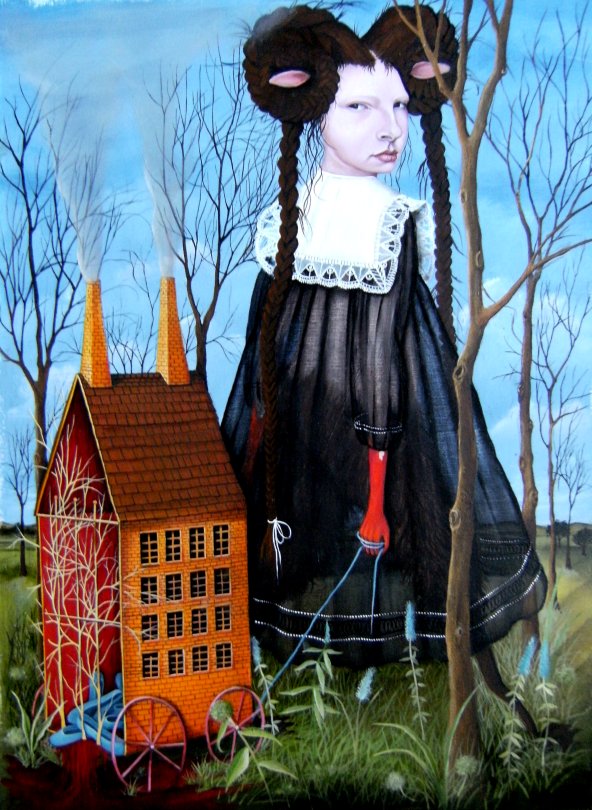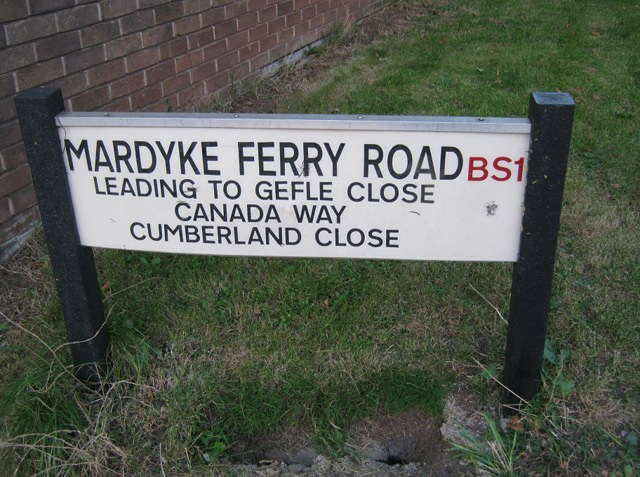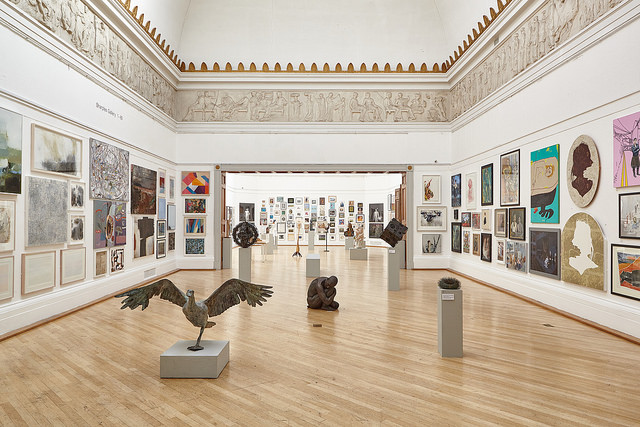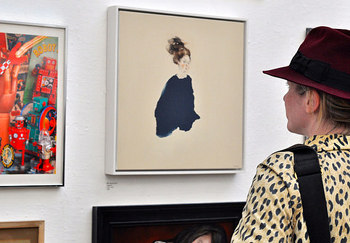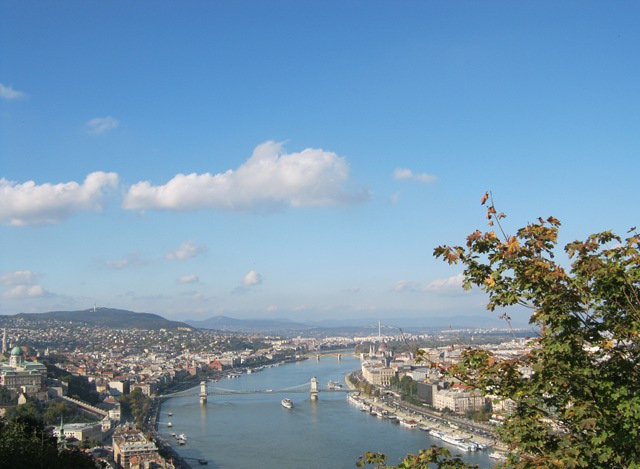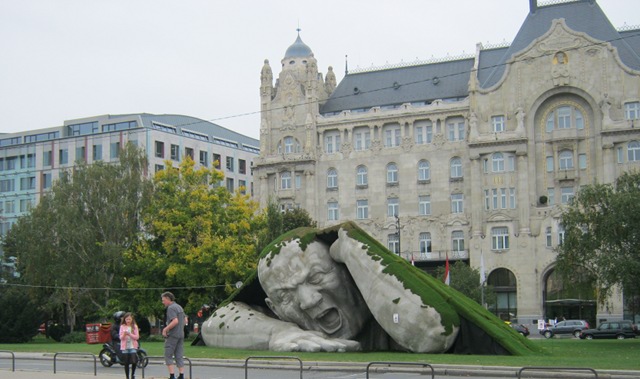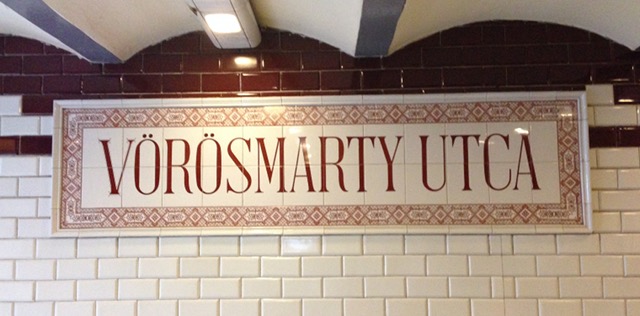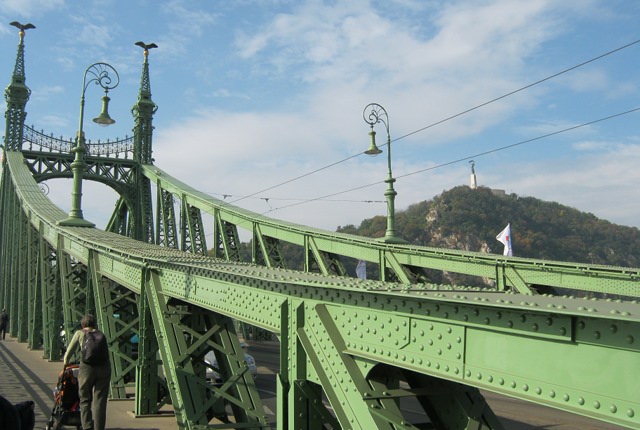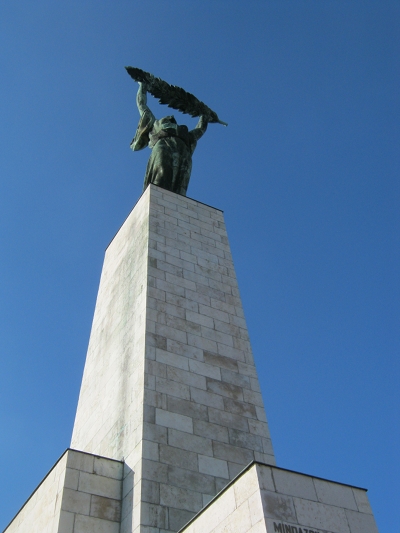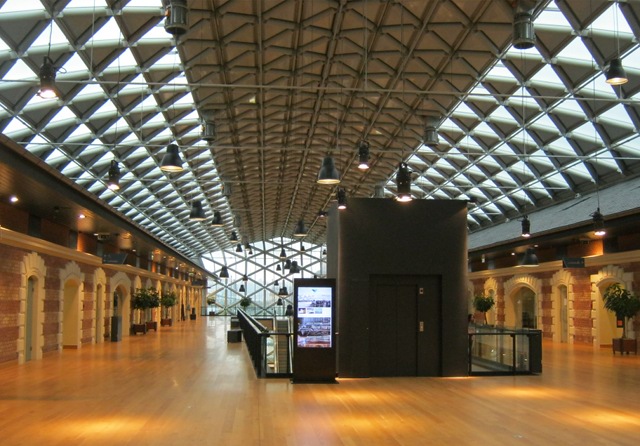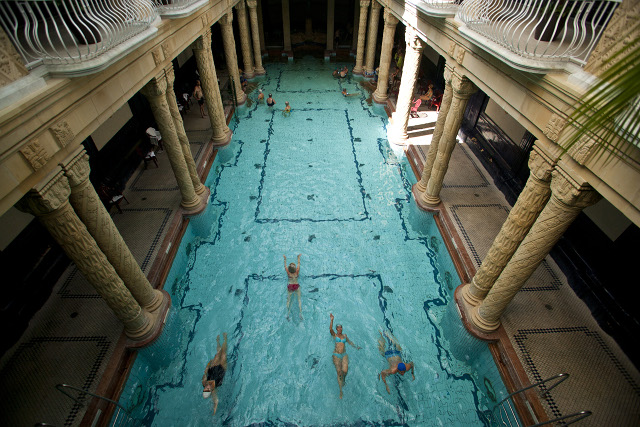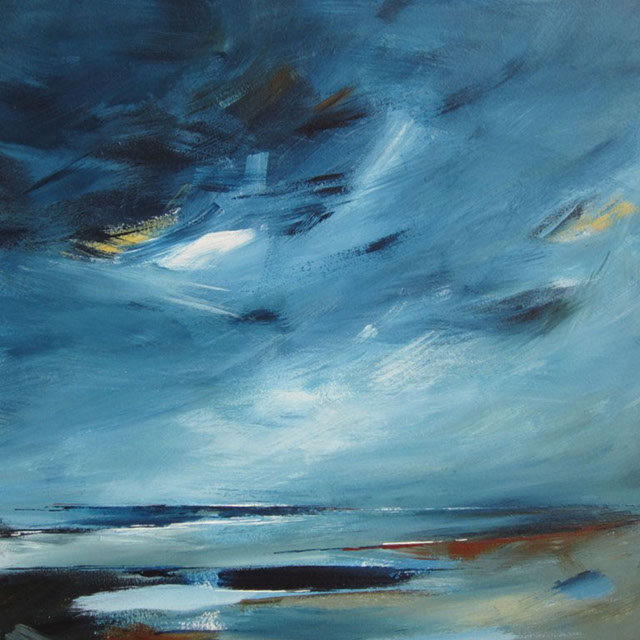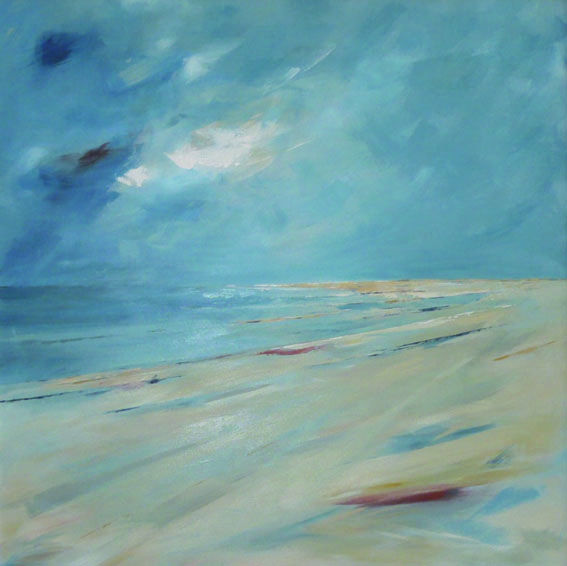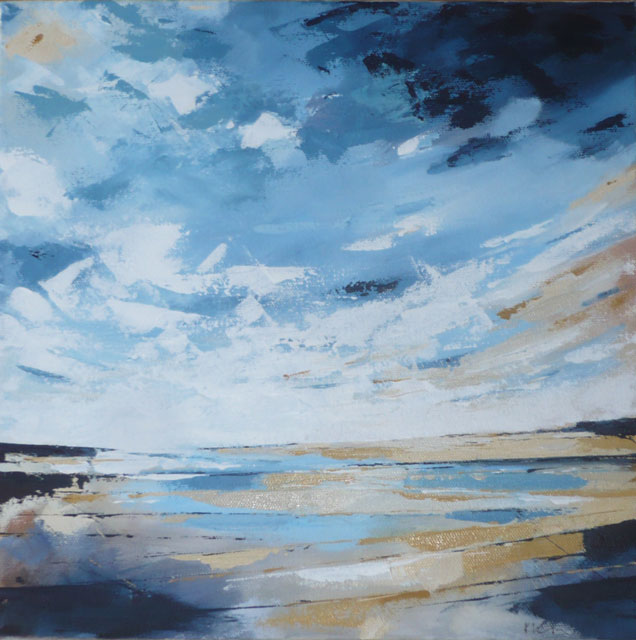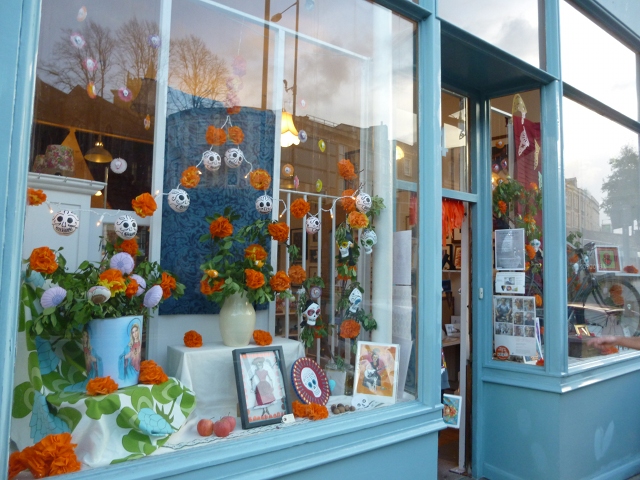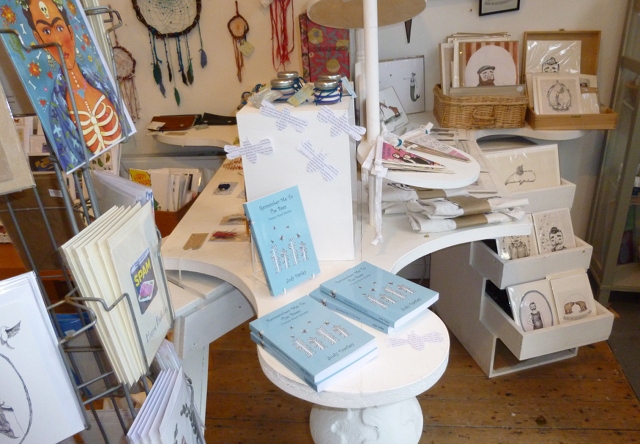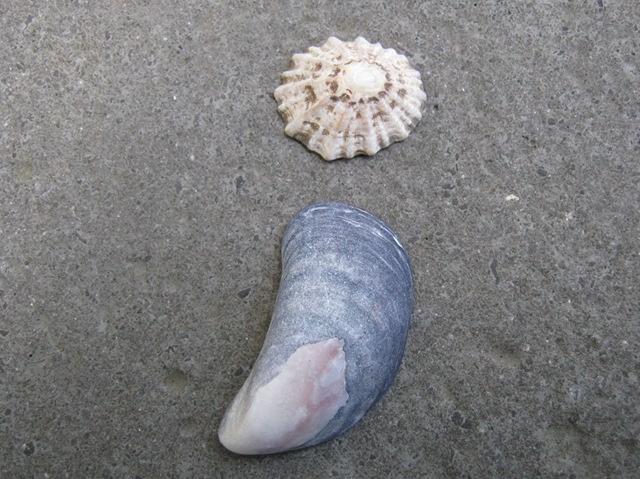 There are few punctuation marks that instil more dread than the semicolon. Getting good, simple advice on how to use it can, however, be rather difficult. In this week’s guest post, Karin Stone of WM Group offers a crucial guide to the semicolon.
There are few punctuation marks that instil more dread than the semicolon. Getting good, simple advice on how to use it can, however, be rather difficult. In this week’s guest post, Karin Stone of WM Group offers a crucial guide to the semicolon.
Many people will tell you that using the semicolon properly is ‘just a matter of feel’. Unfortunately, if you don’t have ‘the feel’ in the first place, such advice isn’t much help.
The fact is the semicolon is a very useful little tool, and one that is all too often overlooked. And, far from being a question of feel, there are clear rules governing the correct use of the semicolon.
Tips for using the semicolon
In many respects, the semicolon can be regarded as about half way between a comma and a colon. The upshot of this is that there are two things the semicolon is extremely good at: lists, and joining sentences together.
Lists: what’s the big idea?
Read the following sentence out loud:
When you go camping in winter, remember to pack your Long Johns, for extra warmth, a silver blanket, in case of emergency, a propane stove, as butane tends not to work well in the cold, and make sure there are plenty of people who know exactly where you’re going.
The sentence feels breathless – like somebody is just blurting out a load of information. Now try this version:
When you go camping in winter, remember to pack your Long Johns, for extra warmth; a silver blanket, in case of emergency; a propane stove, as butane tends not to work well in the cold; and make sure there are plenty of people who know exactly where you’re going.
Essentially, the semicolon allows you to give better instructions to the reader about what each bit of the sentence is doing. That makes it easier to read, and people will thank you for it.
You can see that each big idea is followed up by a little idea – ‘a silver blanket [big idea], in case of emergency [little idea]’. When you have a series of big ideas and little ideas, separate the big ones with a semicolon.
Joining: independence day
We’ve said it before, and no doubt we’ll say it again: one of the most important things you have to do is to engage your reader. That means encouraging them to interact with the words you’ve written. And the semicolon can play an important part here too.
Say you have two separate sentences:
The semicolon is a much under-used punctuation mark.
For some reason, people seem to be scared of it.
Joining these sentences together using a semicolon demonstrates that although the ideas are independent, they are also connected:
The semicolon is a much under-used punctuation mark; for some reason, people seem to be scared of it.
Here, we’ve got two ideas that are intimately linked. To show that the second sentence comes as an explanation or refinement of the first sentence, we join the two sentences together – using a semicolon. As a result, the nature of the relationship becomes easier for the reader to identify.
A really comma error
The biggest single mistake people make when it comes to the semicolon is not using one when they join two sentences together. An awful lot of people use a comma instead of a semicolon. They tend to ‘feel’ that there’s something wrong with what they’ve written, but can’t tell exactly what.
Consider the following example:
I used to be convinced that the semicolon was really difficult to use, now, I’m not so sure.
The key to good writing is that it makes good reading. But in the above sentence, it’s difficult at first to work out what the word ‘now’ is doing, and the sentence loses impact because it’s confusing.
I used to be convinced that the semicolon was really difficult to use; now, I’m not so sure.
Here the reader has clear directions as to what’s going on in the sentence. The word ‘now’ clearly relates to ‘I’m not so sure’, and confusion is avoided.
Sign up to free writing tip bulletins at wm-communications.com/trade-secrets.
If you’d like to share your own writing tips or journey on SkyLightRain, get in touch! Just send an email to Judy(at)socketcreative.com.

